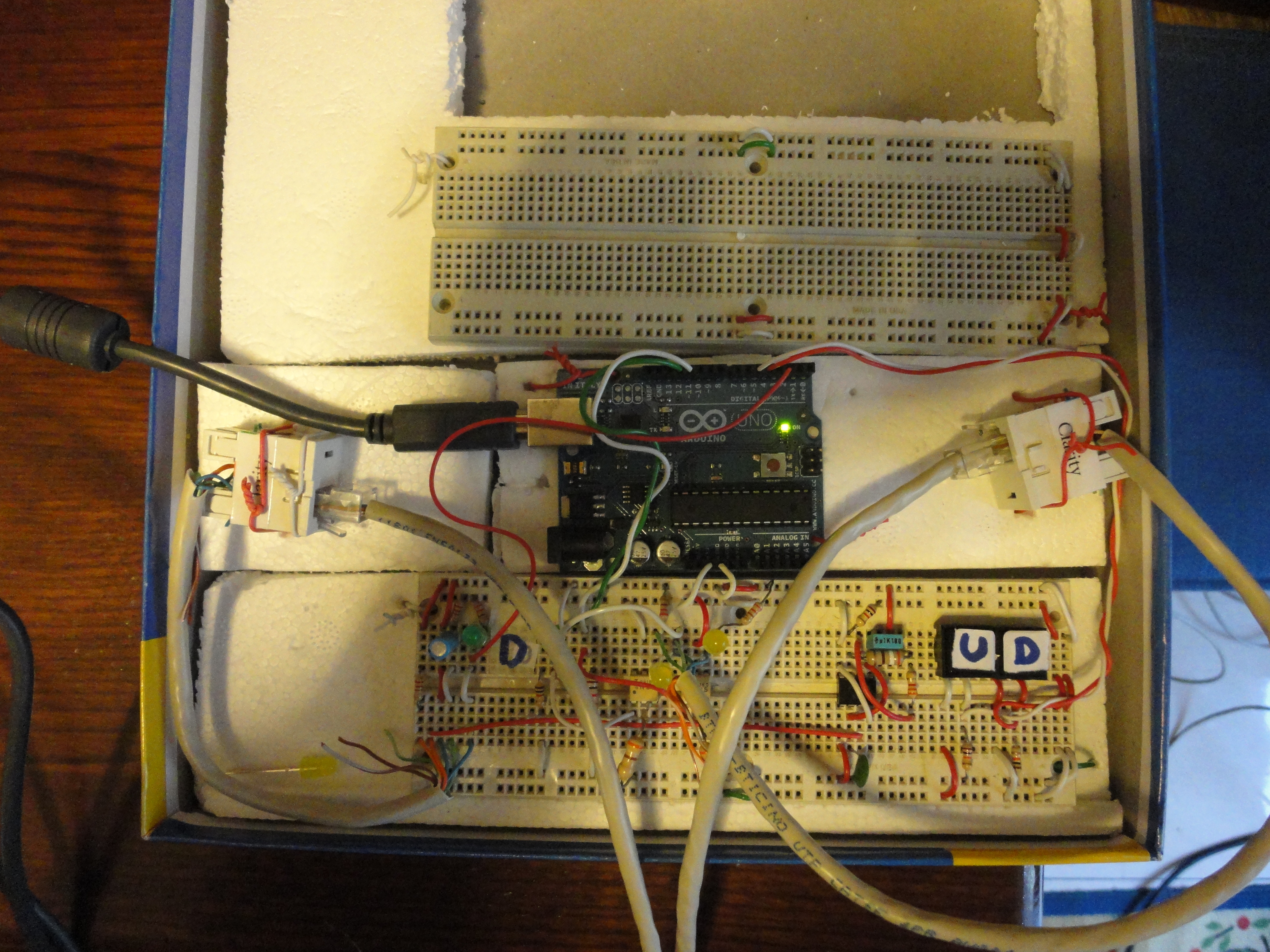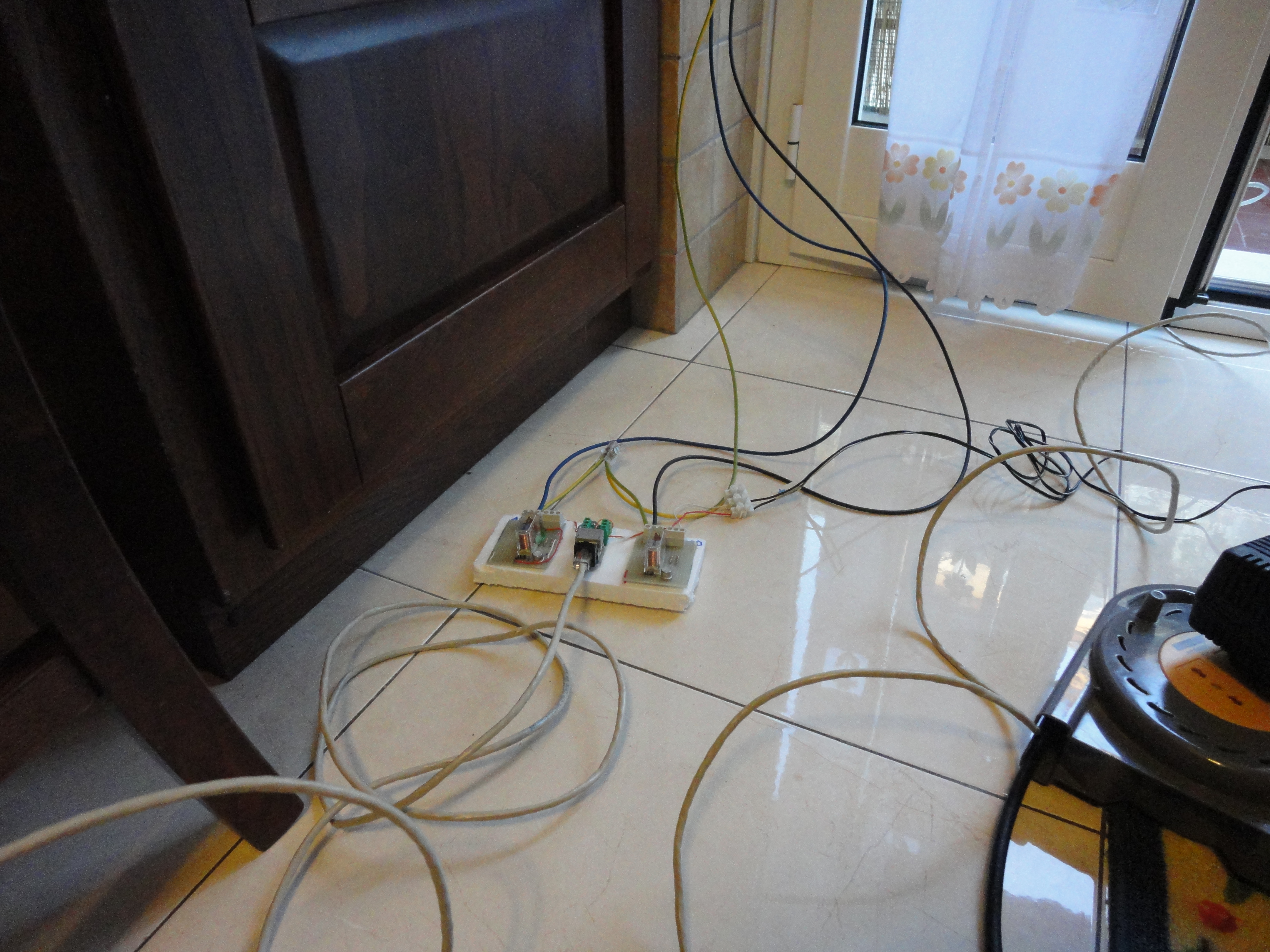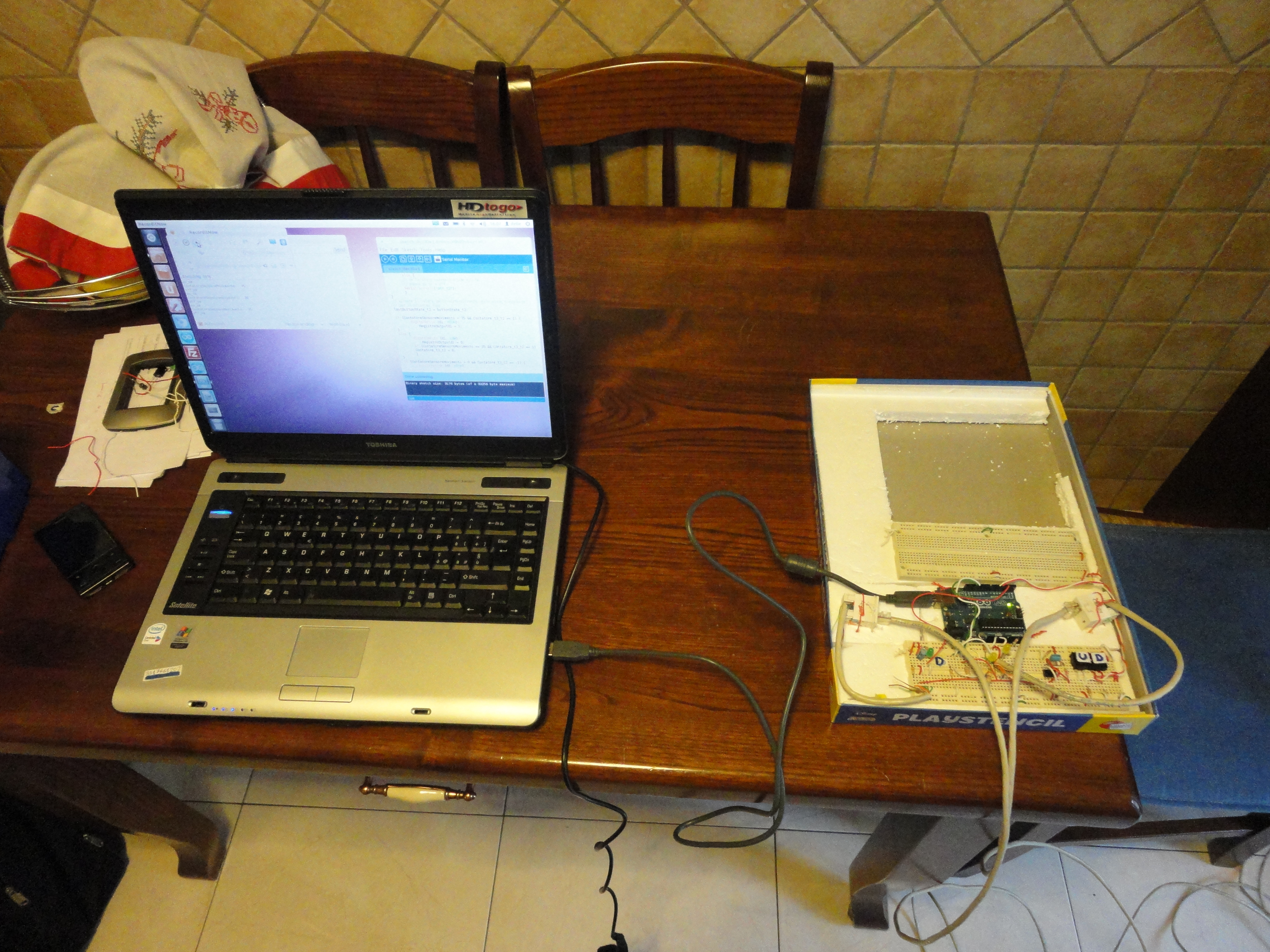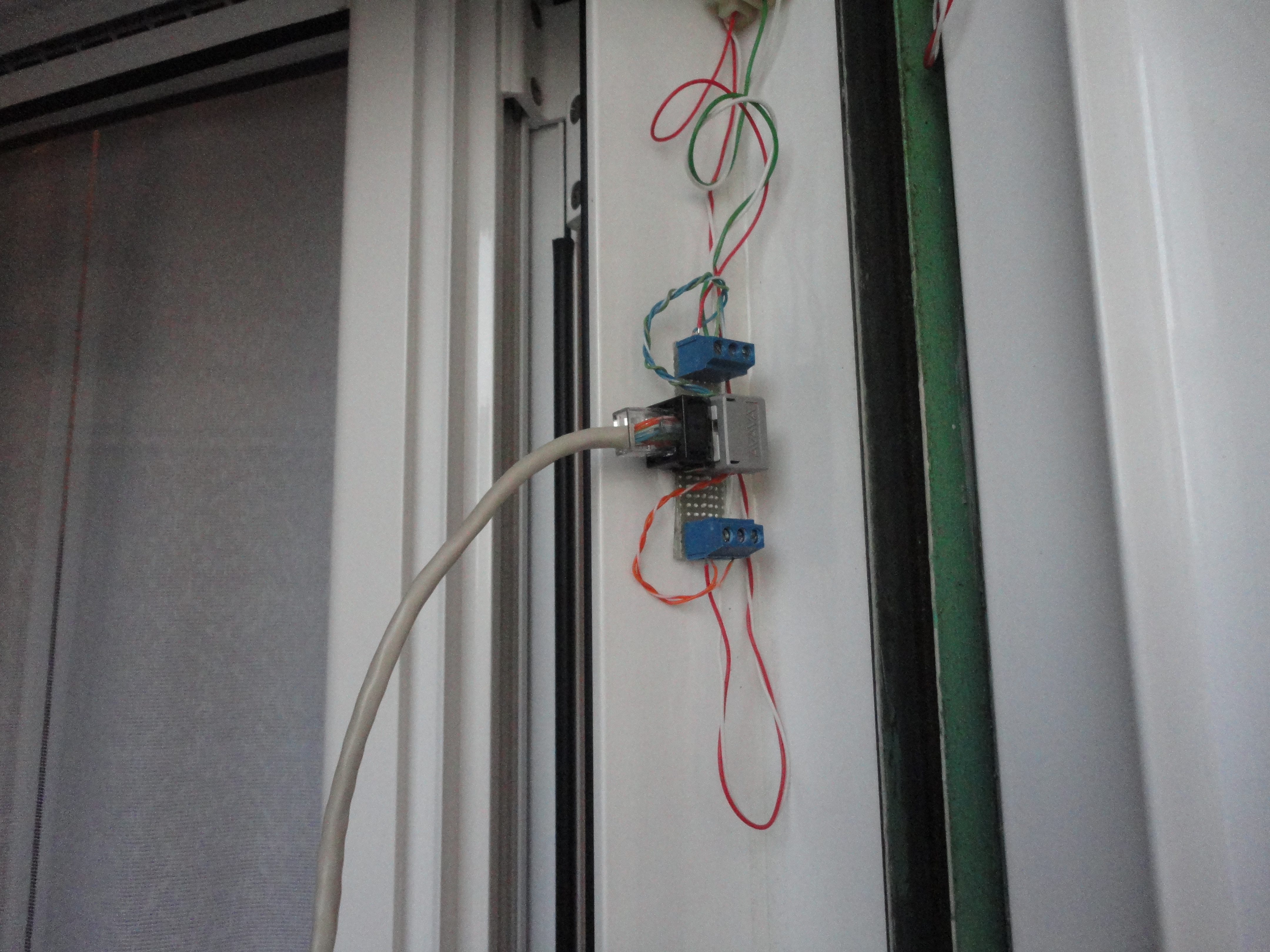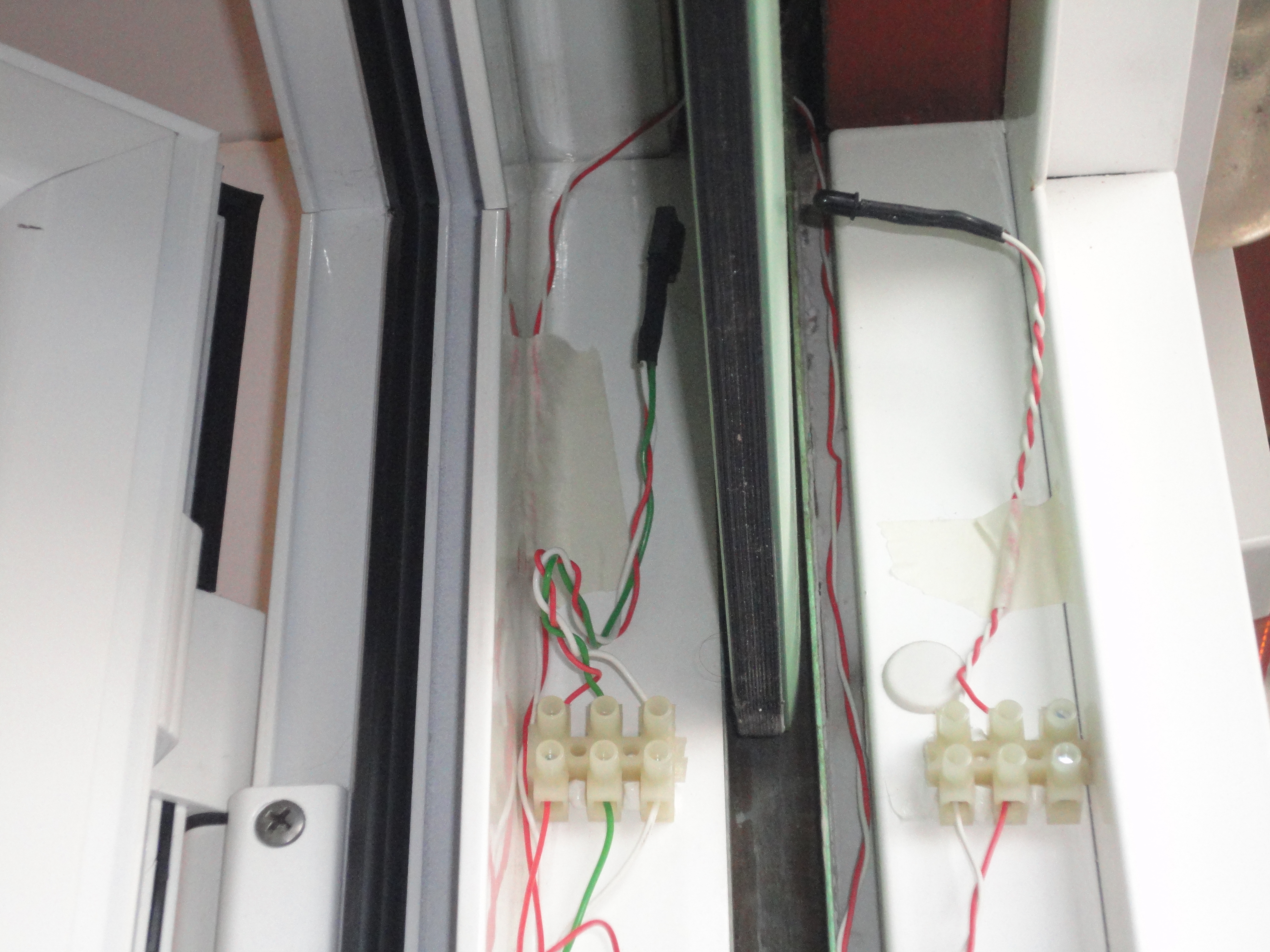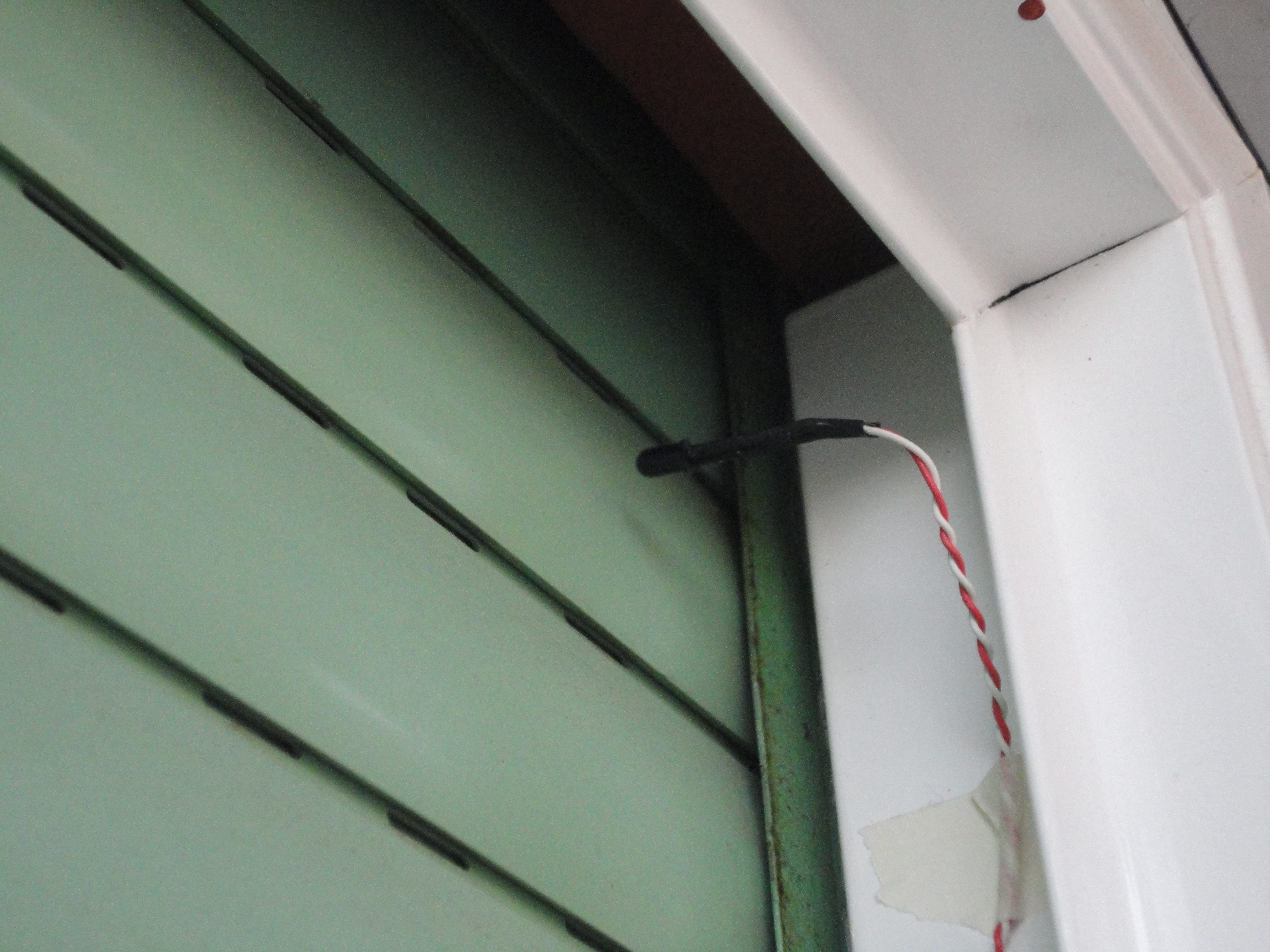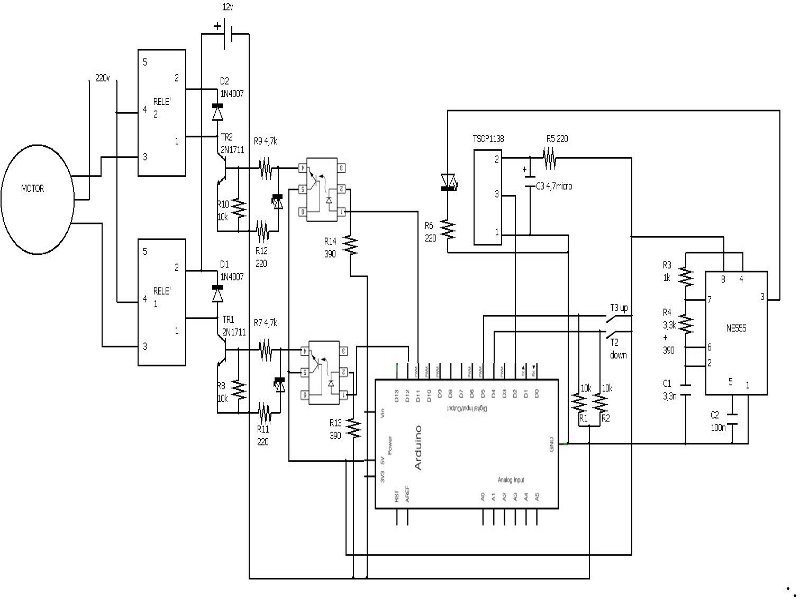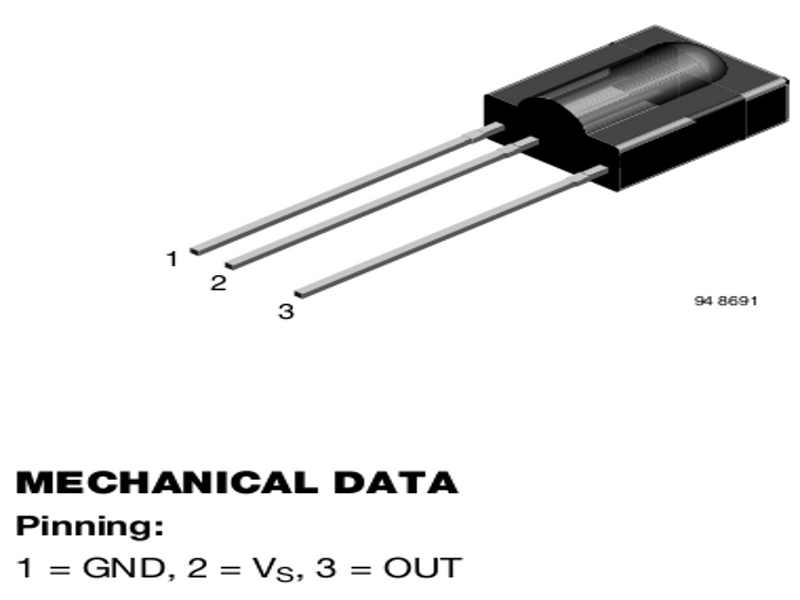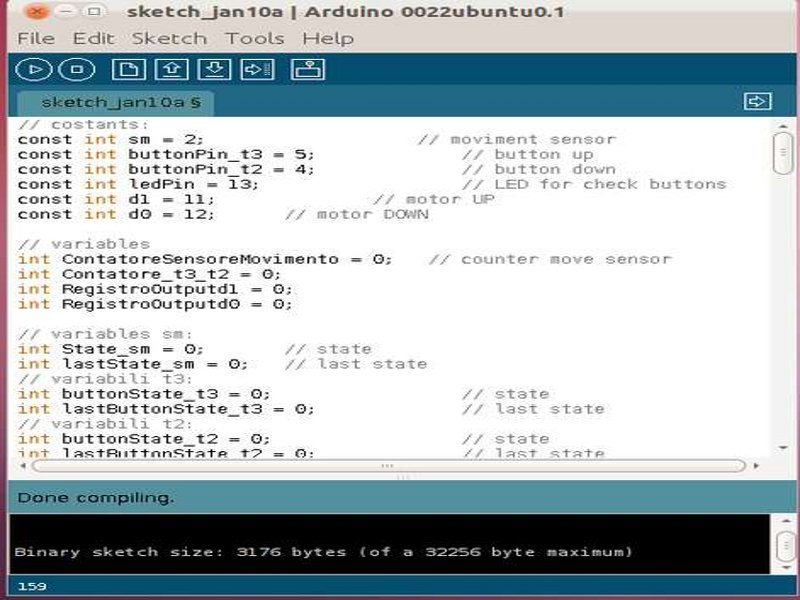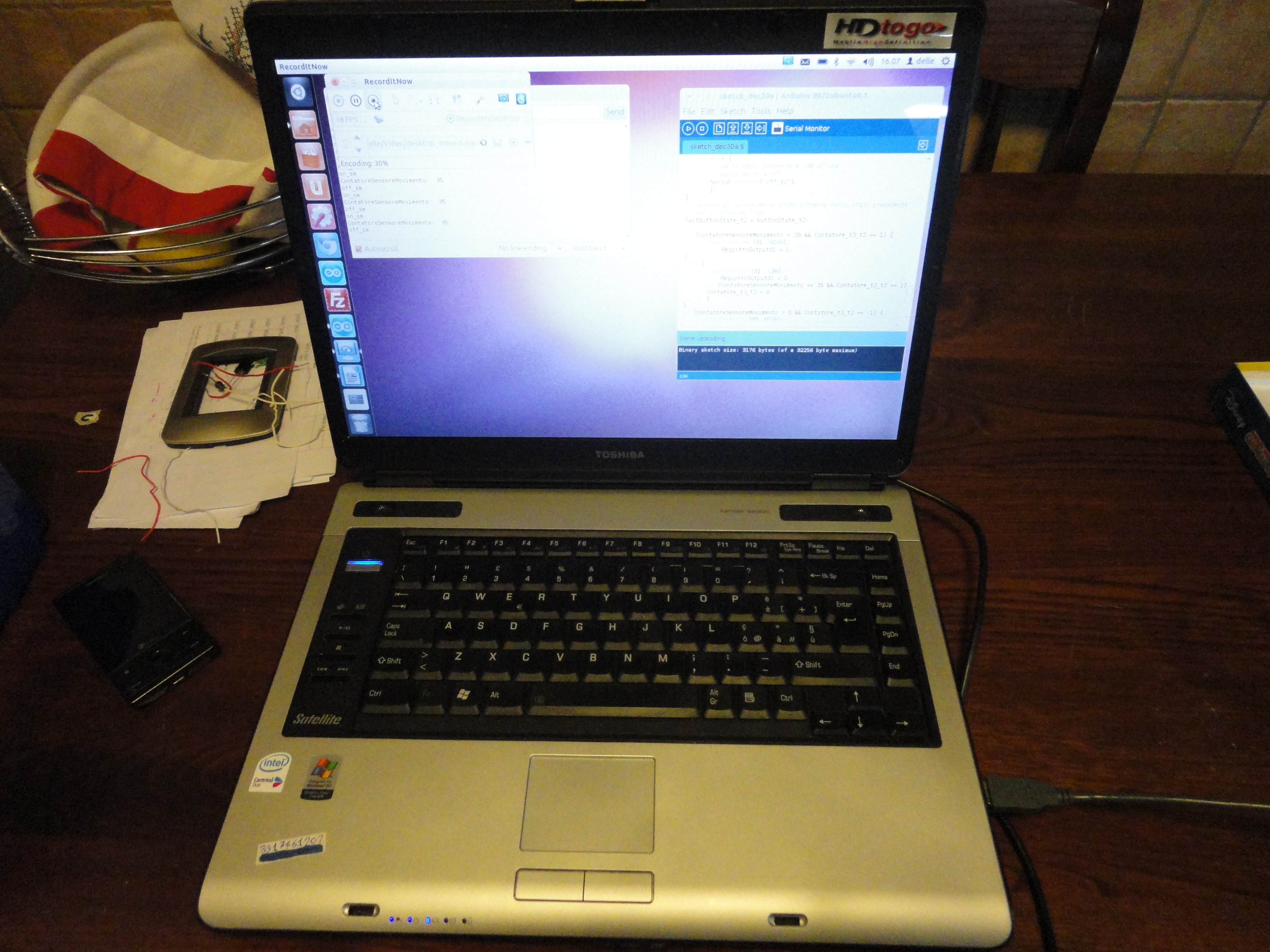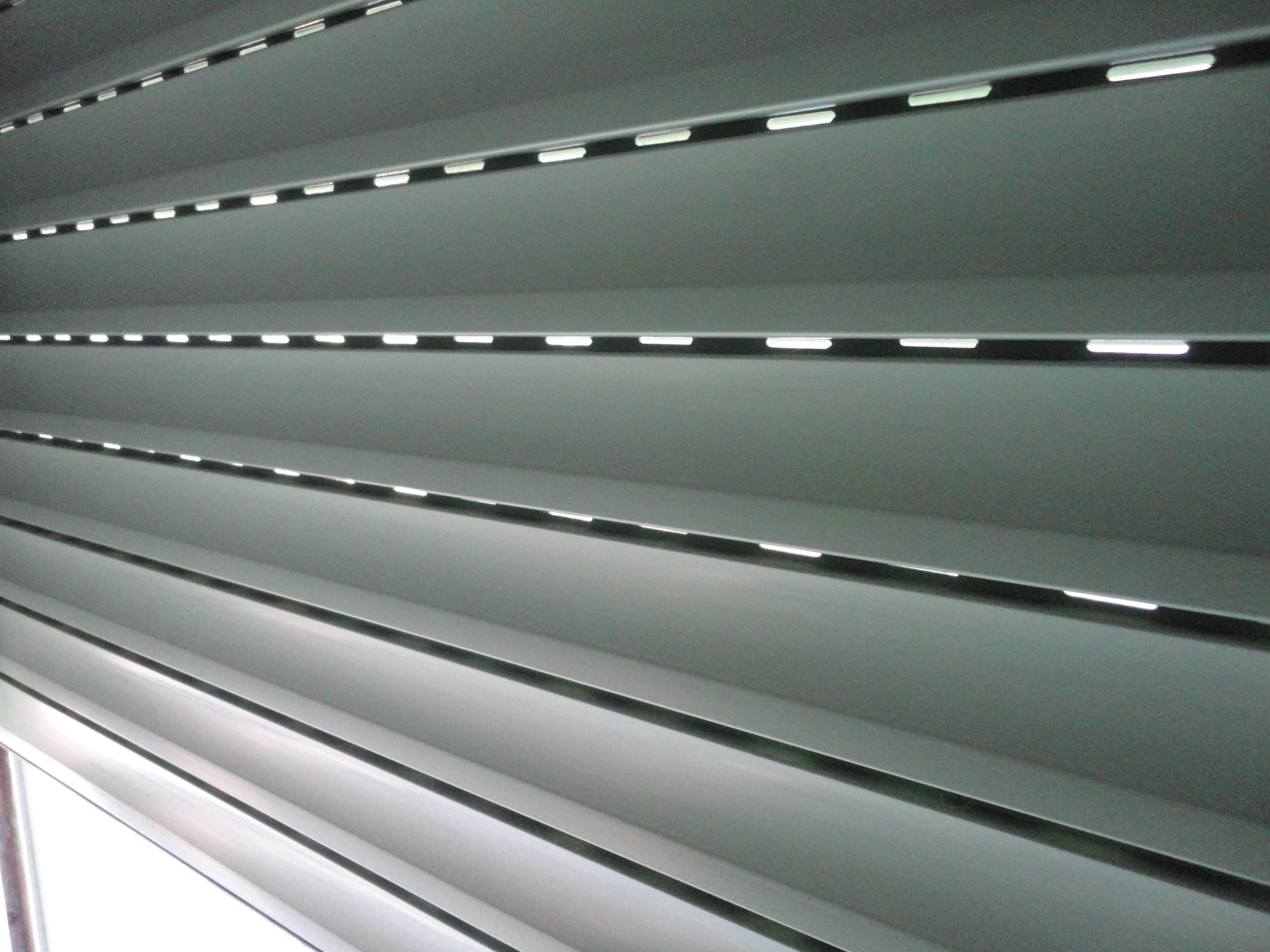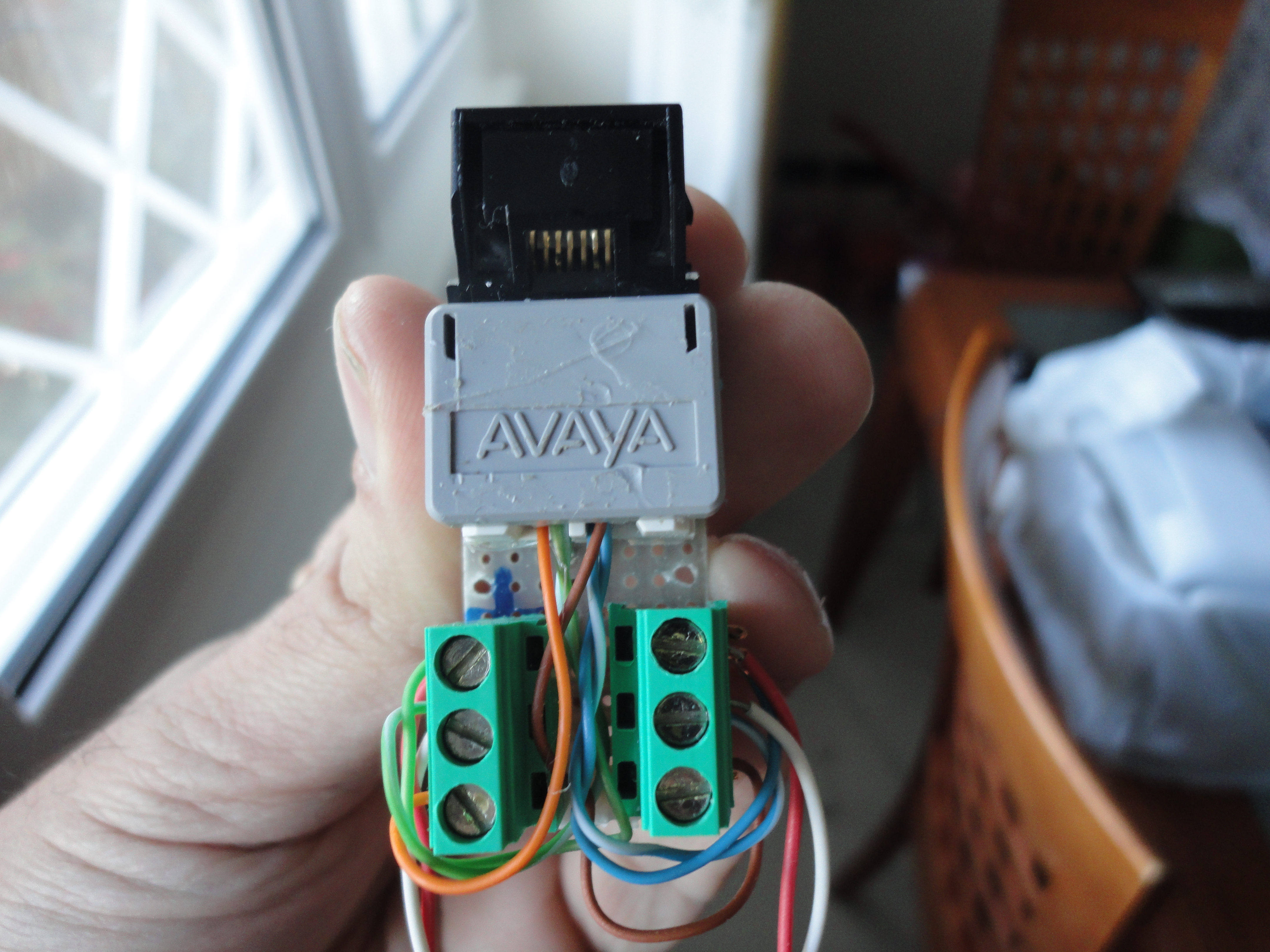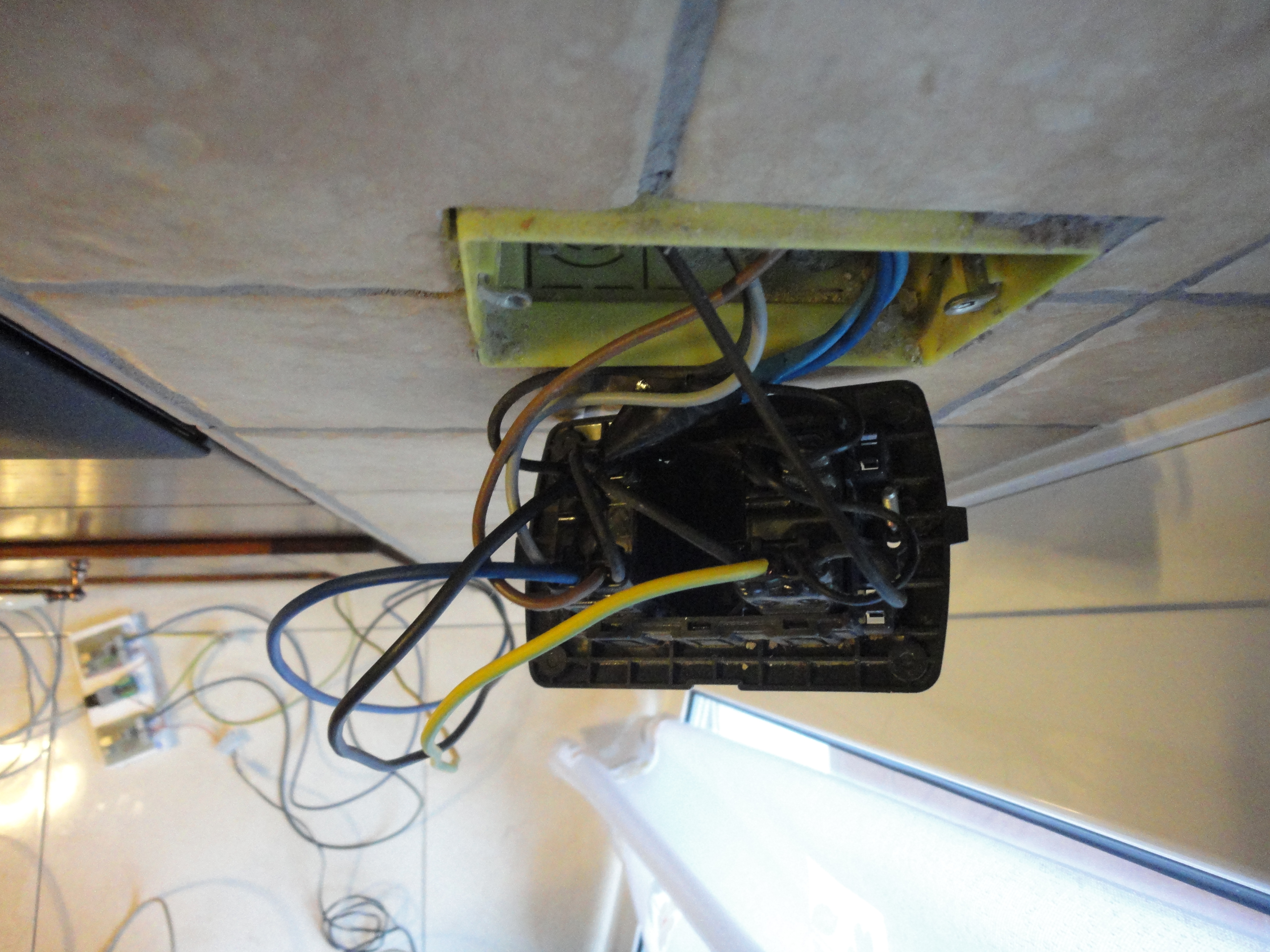The purpose of this project is to control an electric roller shutter using an Arduino Uno. The prototype that I made is my first electronic project with an Arduino and I hope this instructable and the solutions that I found are useful for your own electronics projects. My aim was to transform an electric roller shutter into an automatic roller shutter. A possible extension of this project could be a complex automated system for a house. A central microcontroller (another Arduino, perhaps) could control all of the house’s electric roller shutters; this would enable coordinated operation at different times of day. This project is limited to a prototype; after so many years I wanted to return to building electronic circuits.
